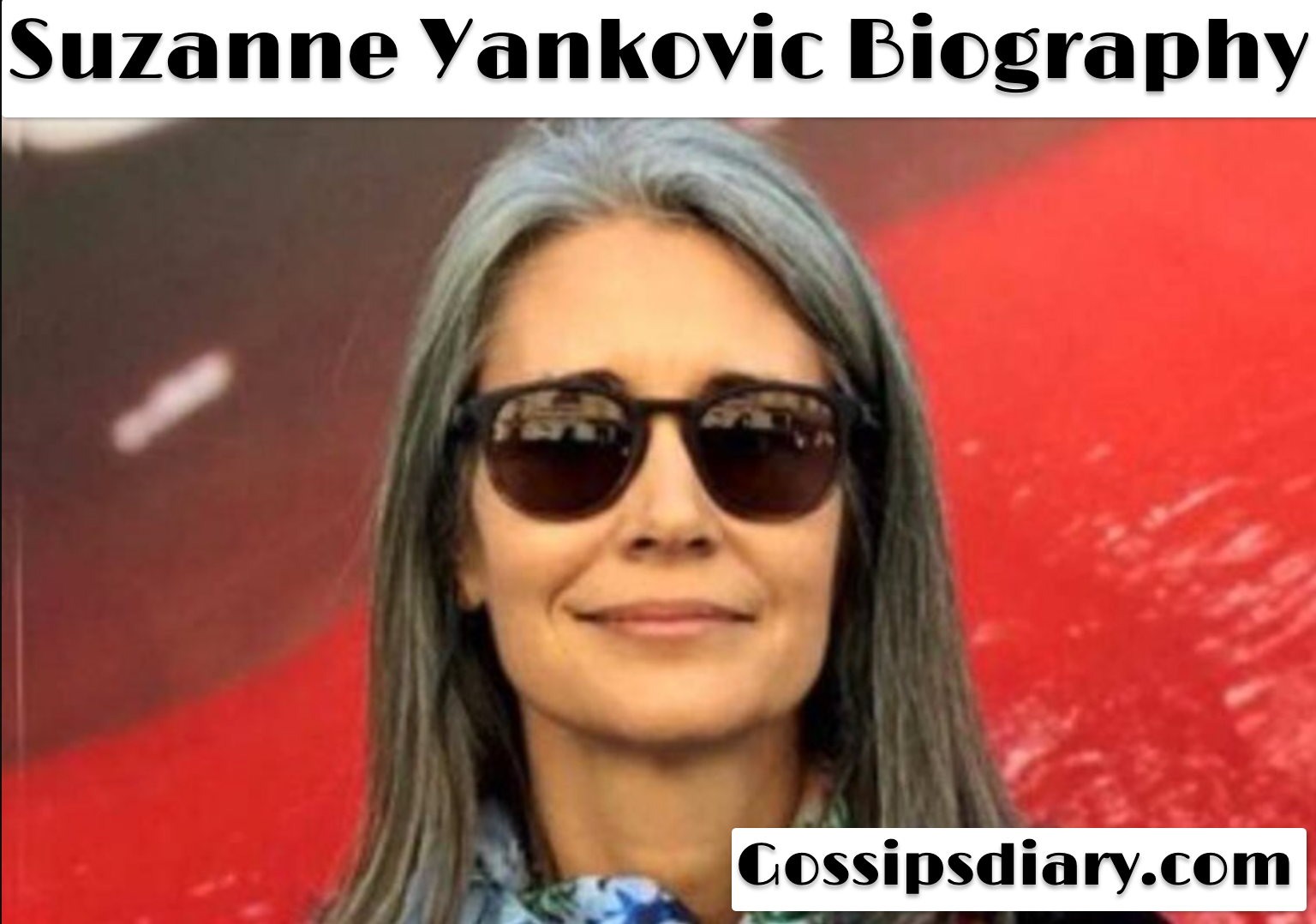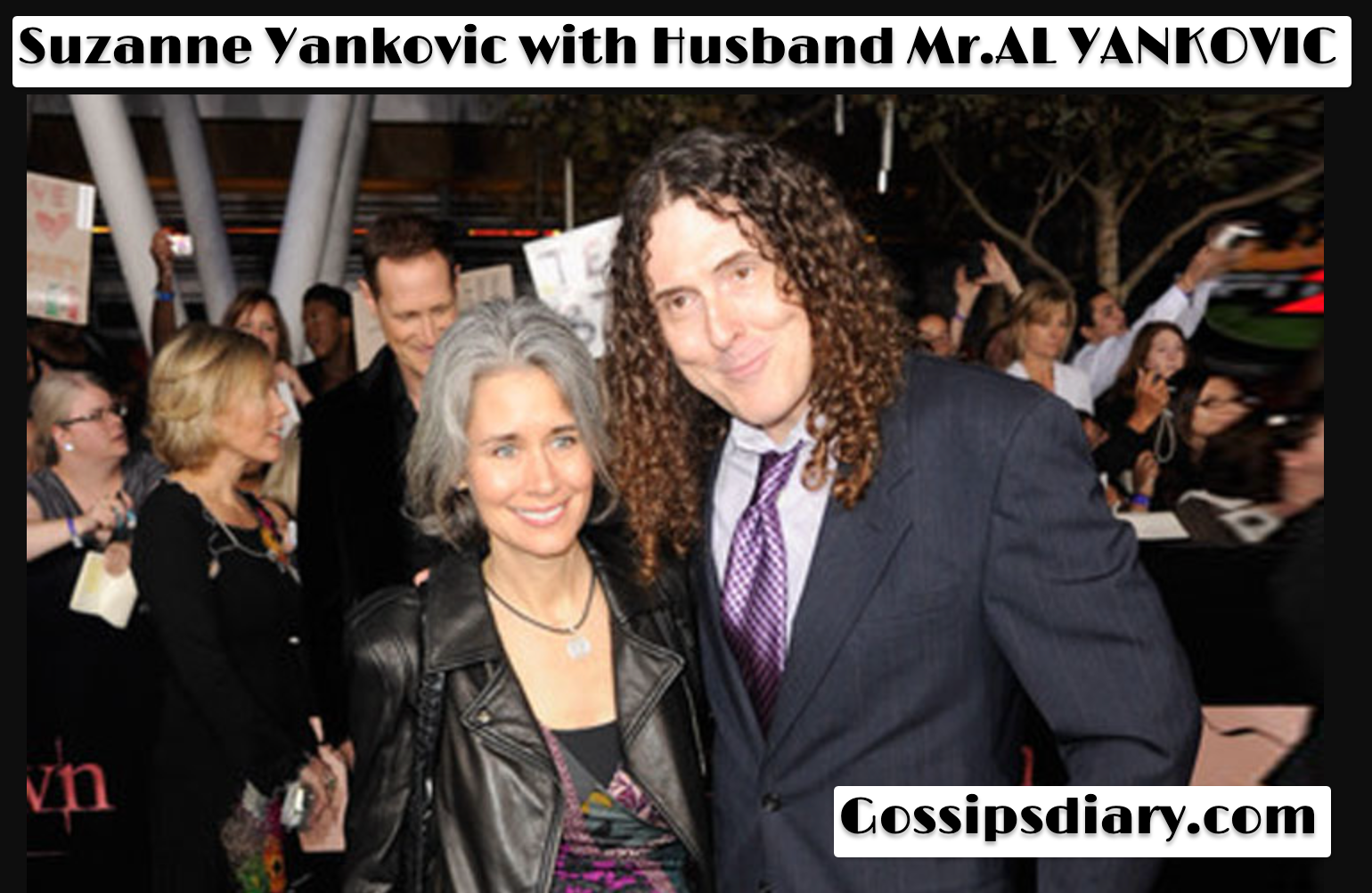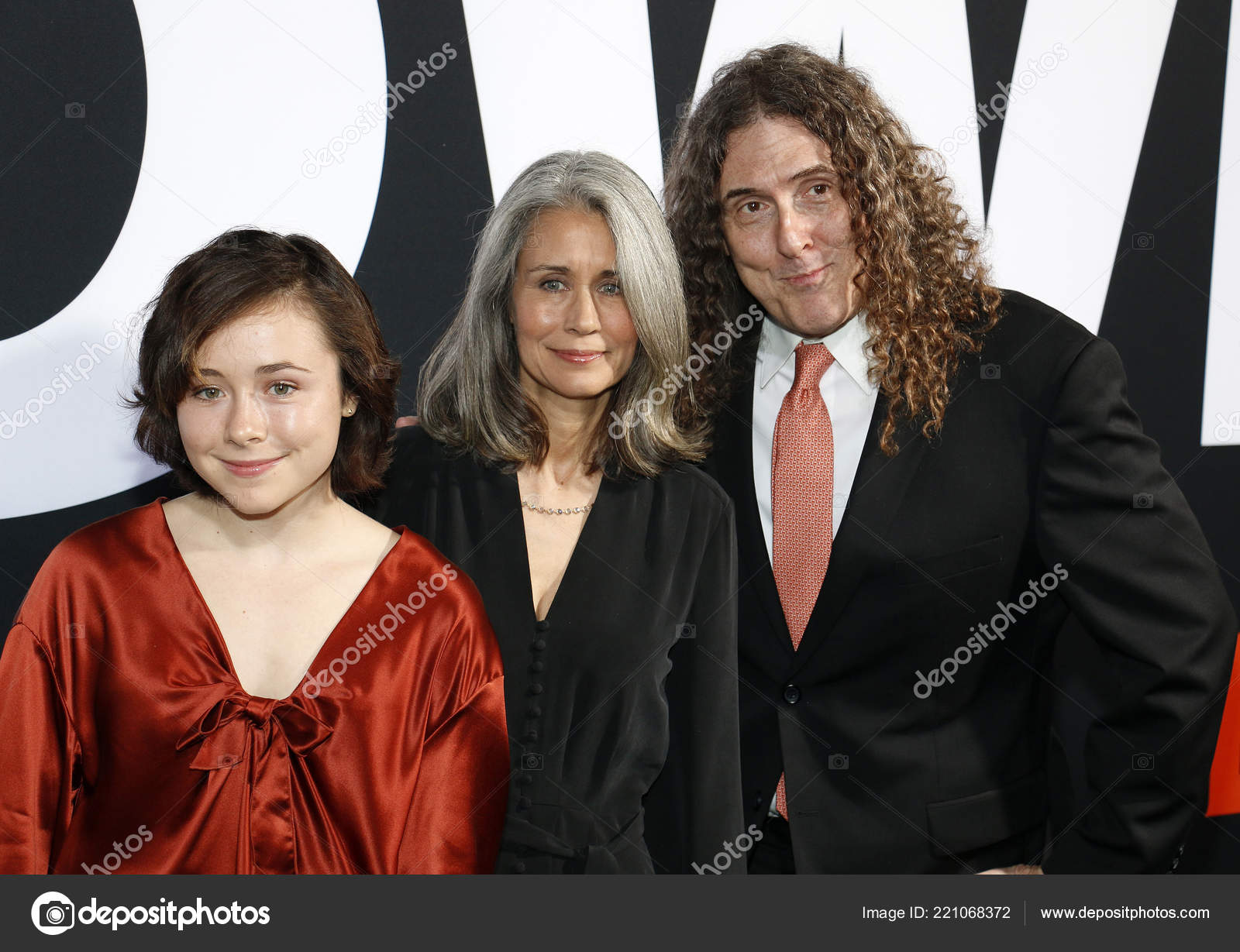Sometimes, a name just seems to carry a special kind of resonance, doesn't it? It's almost like certain names are destined to be connected with stories, songs, or perhaps even a quiet sort of mystery that captures people's thoughts. You might hear a name and immediately feel a pull, wondering about the person or the tale that goes along with it. This is certainly the case for many who encounter the name "Suzanne," which has, in some respects, left a very distinct mark on the cultural landscape, especially when we think about artistic expression and its lasting impact.
There are names that, you know, just seem to have a way of echoing through time, popping up in different places and taking on new meanings for various people. It’s pretty interesting how a simple set of sounds can become so much more than just a label. They can become a point of connection, a source of inspiration, or even a quiet challenge to figure out what lies beneath the surface. When we consider a name like "Suzanne," it actually brings to mind a whole range of feelings and creative works that have touched many hearts over the years.
As a matter of fact, when we talk about a figure named "Suzanne," one particular artistic creation comes to mind for a lot of people. It’s a piece of music, a song really, that was put together by the Canadian poet and musician Leonard Cohen back in the 1960s. This specific work, so it would seem, has a deep connection to a real person, Suzanne Verdal, who served as a profound source of creative spark for Cohen. This story, in a way, gives us a chance to think about how art can capture moments and people, turning them into something that lasts.
- Ssh Iot Anywhere Free
- Raspberry Pi Vnc Behind Router Tutorial
- Bob Beckel Cause Of Death
- Douglas Henshall Illness
- Free Remote Iot Platform Raspberry Pi
Table of Contents
- A Look at the Life of Suzanne Verdal - The Muse
- How Does the Song "Suzanne" Connect with Suzanne Yankovic's Story?
- The Poem's Early Days and Suzanne Yankovic's Influence
- What Makes "Suzanne" a Song for the Ages, Beyond Suzanne Yankovic's Direct Experience?
- The Enduring Imagery of "Suzanne Yankovic's" Poetic World
- Was the Real Suzanne Verdal's Life Reflected in the Song's Depths?
- The Beat Scene and Suzanne Yankovic's Poetic Connections
- What Deeper Meanings Lie Within the Lyrics of "Suzanne"?
A Look at the Life of Suzanne Verdal - The Muse
When we talk about the individual who inspired Leonard Cohen's celebrated piece, we are, you know, talking about Suzanne Verdal. She was a person who genuinely lived, and her existence became the very spark for a poem that later turned into a worldwide hit song. It's quite something to think about how one person's life can, in a way, become so deeply intertwined with a piece of art that reaches so many. The text tells us that in 2006, the Canadian Broadcasting Company, or CBC, actually managed to find Suzanne Verdal. She was the very person who had given Leonard Cohen the idea for his work. It’s a remarkable piece of detective work, really, to track down the actual inspiration after so many years.
Suzanne Verdal, it turns out, led a life that involved a lot of movement and artistic expression. She was, you see, a dancer, and her profession took her to different corners of the globe. This kind of life, which involves a lot of travel and performing, can be pretty demanding on a person's body. Sadly, the information we have points out that in the 1990s, she experienced a back injury. This physical setback meant that she was living in different circumstances than perhaps she had been used to, settling down after a life of constant motion. Her story is, in some respects, a quiet reminder of how lives can change course.
It's also interesting to consider how Suzanne Verdal was not just a passing acquaintance for Cohen. The text suggests she was a source of inspiration for many creative individuals of her time. She became, you know, a muse for dozens of beat poets. This tells us a lot about her presence and the effect she had on artistic people around her. But for Leonard Cohen, she became something even more special, something extra significant. This particular connection, which seems to have been quite profound, led to the creation of a piece that has resonated for generations. The beat scene itself, where she was a part of things, was described as a truly beautiful time, filled with live jazz and people just dancing, a pretty lively and expressive period, it sounds like.
- Best Remoteiot Device Access Free
- Gocryptobetcom
- Remote Ssh Iot Platform Example
- Management Of Raspberry Pi Remotely With Remoteiot Management Platform
- Hannah Ricketts Disney
Personal Details and Bio Data of Suzanne Verdal
| Name | Suzanne Verdal |
| Known For | Inspiration for Leonard Cohen's song "Suzanne" |
| Profession | Dancer |
| Later Life Detail | Suffered a back injury in the 1990s |
| Connection to Cohen | Became an extra special muse for him |
| Cultural Scene | Part of the Beat scene, known for live jazz and dancing |
How Does the Song "Suzanne" Connect with Suzanne Yankovic's Story?
The name "Suzanne" itself, as a matter of fact, carries a certain weight because of its connection to Leonard Cohen's piece. The song, which bears her name, is not just a simple tune; it's a lyrical creation that, in some respects, seems to grow with the person who experiences it. It shifts and settles into the unique nooks and crannies of each individual's own life journey. This means that what "Suzanne" means to one person might be quite different from what it means to another. It's almost like the song adapts to you, rather than the other way around. This kind of flexibility in interpretation is what gives it such lasting power, allowing it to remain relevant for so many different people over time.
You could say that this song, "Suzanne," acts as a kind of rallying cry for those who are on the lookout for deep connections in unexpected places. It’s for people who, you know, see something truly special in situations or individuals that others might just pass by without a second thought. It champions the idea of finding a different kind of love or understanding, one that doesn't fit into the usual boxes. The lyrics themselves, which describe Suzanne taking you down to her spot near the river where you can hear the boats drift by, and the possibility of spending the night by her side, paint a picture of quiet intimacy and a gentle kind of presence. This imagery, in a way, invites listeners into a very personal world, making them feel like they are right there with the storyteller.
The Poem's Early Days and Suzanne Yankovic's Influence
Before it became a song that many people hummed along to, "Suzanne" actually began its life as a poem. It was first put out for the public to read in 1966. This is pretty interesting, because it shows how Cohen's creative process often started with words on a page before they were set to music. In the same year, a talented singer named Judy Collins took the poem and recorded it as a song. Her version was, you know, one of the first musical interpretations, and it helped to introduce this piece to a wider audience. It’s a good example of how different artists can take the same source material and bring it to life in their own unique ways, giving it new breath and sound.
The song "Suzanne" then found its place as the very first track on Leonard Cohen's debut album, which came out in 1967. This placement, you could say, really set the tone for the whole record, giving listeners a sense of the kind of thoughtful and deeply felt music Cohen was going to share. The poem itself had also appeared in Cohen’s collection of writings from 1966, titled "Parasites of Heaven." So, it’s clear that "Suzanne" was a significant piece for him, appearing in both his poetic and musical beginnings. It suggests that this particular work held a special place in his early creative output, perhaps even acting as a sort of cornerstone for his artistic identity, at least at that time.
What Makes "Suzanne" a Song for the Ages, Beyond Suzanne Yankovic's Direct Experience?
Leonard Cohen's "Suzanne" has a way of unfolding, almost like a very delicate but deeply felt painting done with water colors, that shows a wide range of human feelings. It’s not just a simple melody with a few chords; underneath the tune and the straightforward guitar playing, there's a sort of intricate maze of symbolic meanings and deeper messages. This layering is what, in some respects, gives the song its lasting appeal and its ability to connect with people on a very personal level. It invites listeners to look beyond the obvious and consider the hidden depths, which is a pretty powerful thing for a piece of music to do.
The enduring quality of "Suzanne" also comes from its ability to suggest more than it explicitly states. It’s a song that, you know, hints at profound truths without having to spell them out directly. This kind of subtlety allows for a lot of personal reflection and interpretation. Listeners can find their own experiences and feelings reflected in the song’s gentle flow, making it feel incredibly personal even though it was written by someone else. This openness to different ways of seeing things is, in a way, what makes it a piece that continues to speak to new generations, proving its staying power in the world of music and poetry.
The Enduring Imagery of "Suzanne Yankovic's" Poetic World
The words of "Suzanne" by Leonard Cohen are, basically, very vivid and create strong pictures in your mind. They talk about Suzanne taking you down to her place by the river, and you can hear the boats as they go by. There's also the idea of spending the night right there beside her. These lines, you know, aren't just telling a story; they're building a whole atmosphere, a very specific feeling of quiet closeness and a sort of gentle invitation. This kind of imagery is what makes the song feel so intimate and personal to anyone who listens to it, as if they are right there in the moment being described.
The words also have a way of suggesting a deeper connection, something that goes beyond just a simple meeting. The line "and you know that she's" leaves a bit of a space for the listener to fill in, allowing for a more personal interpretation of what that knowing might mean. This openness is a key part of the song's lasting appeal. It’s not just about a specific person or event; it's about a feeling, a connection, a moment of shared quietness. This is, you know, how poetry works its magic, by painting a picture with words that invites you to step inside and find your own meaning within its lines.
Was the Real Suzanne Verdal's Life Reflected in the Song's Depths?
There's a line in the text that mentions a common thought about the song: "Now, you probably think this song is about you and a trip back to the early 60’s in Montreal to meet a young dancer married to." This actually points to a frequent misunderstanding. While the song is certainly about a real person, Suzanne Verdal, it's also, you know, more than just a simple biographical account. It's a piece of art that takes inspiration from reality but then transforms it into something that holds a broader, more symbolic meaning. So, while the roots are in a real meeting and a real person, the song tends to be about something bigger than just that one specific encounter.
The text also makes a pretty clear point that while Suzanne was a real person, in the song, she takes on a more symbolic role. This means that she represents something beyond just her individual self. For one person who reflected on the song, a part of it was about Cohen's own deep desire for a sense of inner peace and personal contentment. This longing came during his long struggles with feelings of sadness and low spirits. So, the song, in a way, becomes a vessel for expressing these very human experiences, using the figure of Suzanne as a kind of focal point for these deeper, more personal thoughts and feelings. It's quite common for artists to do this, to take something real and make it represent something universal.
The Beat Scene and Suzanne Yankovic's Poetic Connections
The atmosphere where Suzanne Verdal moved and inspired artists, the "beat scene," was, you know, described as truly beautiful. It was a time and place filled with live jazz music, and people were just dancing, letting loose and expressing themselves. This kind of environment, with its spontaneity and artistic freedom, would have been a perfect setting for creative sparks to fly. It’s easy to see how a person like Suzanne, who was a dancer and clearly had a strong presence, would become a central figure in such a lively and expressive community. This scene provided a backdrop for many significant artistic connections to form, and Suzanne was very much a part of that creative energy.
Within this vibrant artistic landscape, Suzanne Verdal became a source of creative ideas for many, many poets who were part of the beat movement. She was, basically, a muse for dozens of them. This tells us that her influence was widespread among the creative people of that era. However, for Leonard Cohen, her connection was, you know, particularly special. This unique bond led to the creation of "Suzanne," a work that stands out even among the many pieces inspired by the beat scene. It highlights how some connections, though seemingly similar to others, can result in something truly extraordinary and lasting.
What Deeper Meanings Lie Within the Lyrics of "Suzanne"?
Leonard Cohen's poem "Suzanne" is, in essence, a lyrical blend of feelings of affection and a sense of wonder, put together by the well-known Canadian poet. It's not just a straightforward declaration of emotion; it also carries a certain air of mystery, inviting listeners to ponder its deeper layers. This combination of clear feeling and subtle suggestion is what gives the piece its lasting appeal. It’s a work that, you know, encourages you to think and feel, rather than simply telling you what to believe. This kind of artistry allows for a very personal and reflective experience, making the poem resonate differently for each person who encounters it.
The song "Suzanne" is, you know,
- Best Remoteiot Platform Ssh Key Raspberry Pi
- Remoteiot Vpc Ssh Raspberry Pi Aws Download
- Logan Land Lawsuit
- Martha Maccallum Neck Wrinkles
- Remote Iot Raspberry Pi Free


